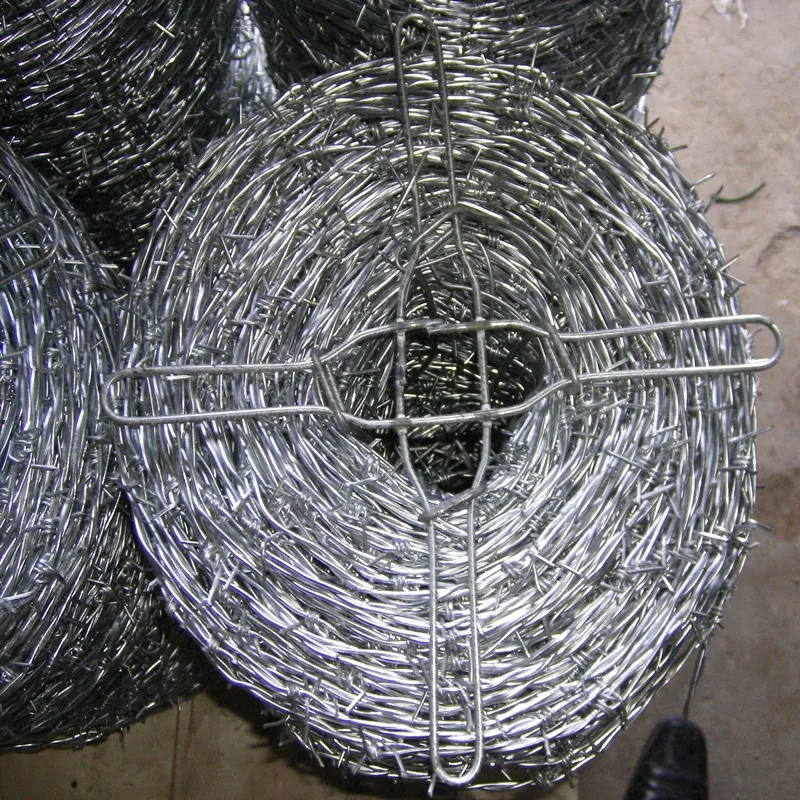Dec . 05, 2024 14:02 Back to list
ce certification construction site fence
CE Certification for Construction Site Fences Ensuring Safety and Compliance
In the construction industry, safety is paramount. One of the critical components in maintaining a safe work environment is the installation of proper fencing around construction sites. These fences serve various purposes, including protecting the public from potential hazards, securing the site, and ensuring unauthorized entry is prevented. To enhance these protective measures, construction site fences often need to comply with certain standards, one of which is the CE certification.
Understanding CE Certification
CE marking is a certification that indicates conformity with health, safety, and environmental protection standards for products sold within the European Economic Area (EEA). The CE mark ensures that products meet the essential requirements outlined in EU directives and regulations. For construction site fences, obtaining CE certification is essential as it demonstrates that the fences are designed and manufactured to meet safety regulations, reducing the risk of accidents and injuries.
Importance of Fencing on Construction Sites
Construction sites are hazardous environments, with heavy machinery, ongoing structural modifications, and various materials that can pose risks to the general public. Fencing around these sites acts as a physical barrier, preventing unauthorized individuals from entering the area and potentially causing harm to themselves or others. Fences also help to delineate the work area, which is vital for traffic management and the overall organization of construction activities.
With the CE certification, construction site fences are ensured to be of high quality and capable of withstanding the pressures and demands of construction environments. CE-certified fences are subject to rigorous testing and evaluation, ensuring they meet durability and safety criteria. This not only enhances safety at the site but also builds trust with stakeholders, including clients and the local community.
Requirements for CE Certification
To obtain CE certification for construction site fences, manufacturers must adhere to several requirements mandated by the European standardization bodies. The following are key elements involved in the certification process
1. Compliance with Harmonized Standards Manufacturers must ensure their fences comply with relevant harmonized standards. These standards define the technical specifications that products must meet, covering aspects such as material strength, corrosion resistance, and stability under varying weather conditions.
2. Risk Assessment A thorough risk assessment is essential. Manufacturers must identify potential hazards associated with their fences and take necessary measures to mitigate these risks.
ce certification construction site fence

3. Testing and Evaluation CE certification requires extensive testing of the fencing materials and structural components. This includes assessments under load conditions to ensure the fence can withstand impacts and stress.
4. Technical Documentation Manufacturers must compile technical documentation that demonstrates compliance with the standards. This documentation serves as proof of quality control and safety measures.
5. Declaration of Performance (DoP) Once the certification process is complete, manufacturers must issue a Declaration of Performance, which provides information about the performance characteristics of the fence.
Benefits of CE Certified Fences
Investing in CE-certified construction site fences brings multiple benefits
- Enhanced Safety CE-certified fences are proven to meet rigorous safety standards, reducing the likelihood of accidents on site.
- Regulatory Compliance By using CE-marked products, construction companies can ensure compliance with EU regulations, avoiding potential legal issues and penalties.
- Market Advantage CE certification enhances a company's reputation, showing a commitment to quality and safety, which can attract more clients.
- Reduced Liability With certified products, the risk of liability in the case of accidents or injuries can be minimized, protecting the company’s financial interests.
Conclusion
In conclusion, CE certification plays a crucial role in the safety and integrity of construction site fences. As construction sites continue to evolve, the demand for robust safety measures becomes increasingly important. By ensuring that fences are CE certified, construction companies not only comply with regulations but also prioritize the safety of workers and the surrounding community. This certification acts as a fundamental step toward creating safer construction environments and ensuring the success of projects.
-
Durable Hot-Dip Galvanized Farm Field Wire Fence | Farm Security
NewsAug.01,2025
-
Temporary Fencing Solutions-Anping County Xingzhi Metal Wiremesh Products Co.,Ltd
NewsJul.31,2025
-
Hop Dipped Galvanized / PVC Coated Temporary Fence - Anping County Xingzhi Metal Wiremesh Products Co., Ltd.|Durable Temporary Fencing&Cost-Effective Security Solutions
NewsJul.31,2025
-
Hop Dipped Galvanized / PVC Coated Temporary Fence-Anping County Xingzhi Metal Wiremesh Products Co., Ltd|durable temporary fencing&corrosion-resistant solutions
NewsJul.31,2025
-
Temporary Fencing Solutions - Anping County Xingzhi Metal | Galvanized PVC Coated Fences
NewsJul.31,2025
-
358 Anti-Climb Welded Wire Mesh Fence - High Security, Durable
NewsJul.31,2025



